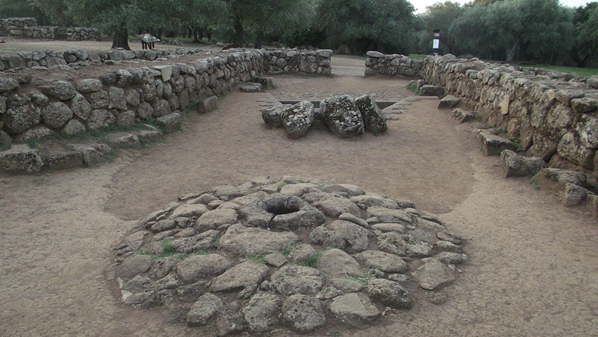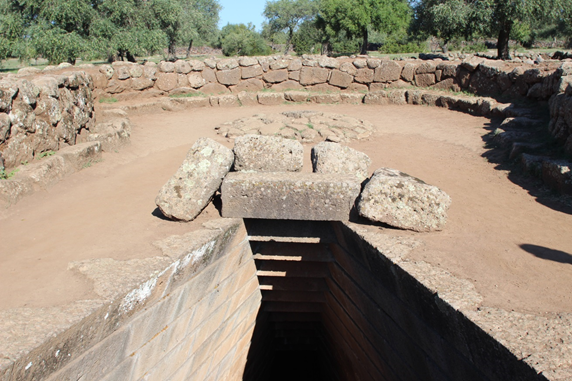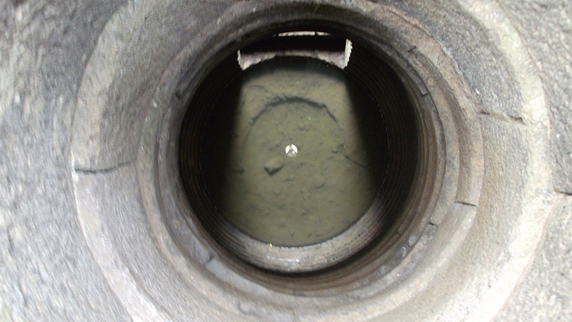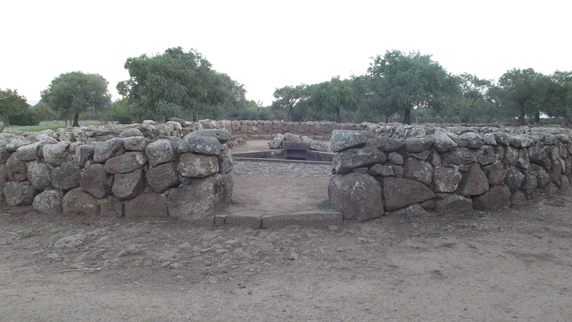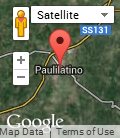SANTA CRISTINA DI PAULILATINO
In September 2013, The Cyprus Institute has started a collaboration within the framework of the 3D Icons project, with Prof. A. Depalmas Professor of European Protohistory at the University of Sassari (Italy), in cooperation with: Dr. G. Dematris Mayor, G. Piredda Vice Mayor Municipal administration of Paulilatino and the Cooperative Archeotour, in order to digitally document, with new technologies, part of the archeological complex of Santa Cristina di-OR-Paulilatino, Sardinia (Italy).Based on the documentation an architectural and constructive analysis was done. Beyond that, another aim of the project was a better understanding of the first shape of the building in order to have a virtual reconstruction. The approach pays particular attention to structural stability and how it was used to inform the virtual reconstruction. The method also addresses the validation and documentation of the process, with particular attention to the concepts of transparency, reliability and importance of the elements that are part of the reconstruction.
The name of the site arrives from the second part of the archaeological area, the rural church devoted to Saint Cristina. The well temple dated to the Early Iron Age period, ca. 900 B.C., was constructed from unhewn large basalt blocks arranged in several courses along the outer and internal perimeters and perfectly cut stones forming the stairs and the underground components of the structure (the tholos and the roof of the underground passage – the isodomum technique). It consists of three parts: a. the atrium, b. the staircase and c. the tholos. Santa Cristina sacred well is an excellent example of the technical perfection achieved by the Nuragic artisans.

